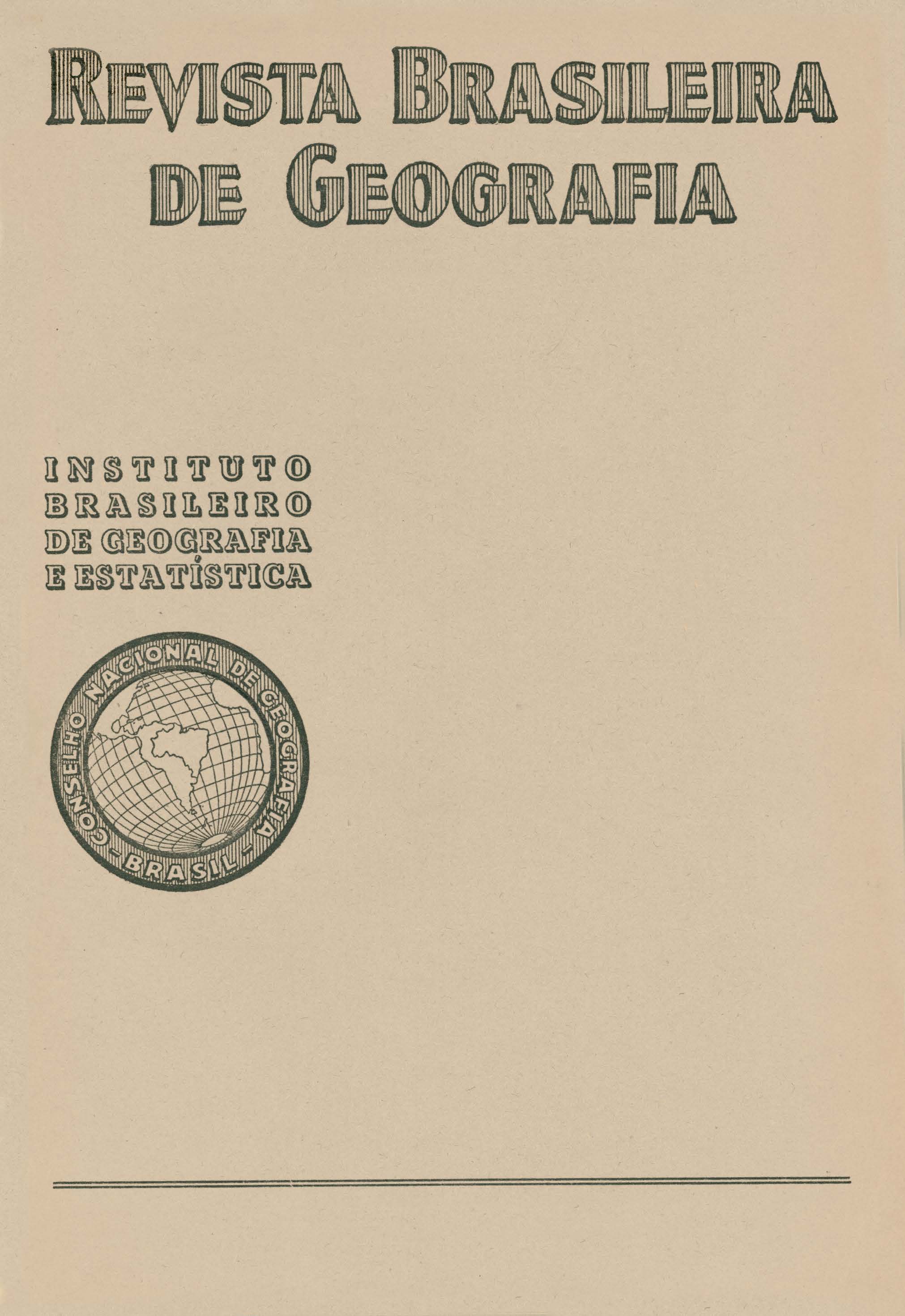Cuiabá, afluente do Paraguai
Abstract
The author, VIRGÍLIO CORREIA FILHO, explored some time ago the mesopotamia encompassed by the rivers Cuiabá and São Lourenço, where a curious transformation took place this century, owing to which the former river ceased to be an affluent of the latter, after having drawn its waters by means of the Bôca Brava drift.
It is an everyday occurrence throughout the vast basin of the Paraguai, where thet settlement of Matto Grosso started, for the rivers frequently to alter their courses, which run through inconsistent soil of very recent formation.
In the river bars, particularly, historical references permit one to locate more than one mouth diverted from their primitive sites.
When the Lloyd Brasileiro still sent its vessels to Cuiabâ, a little over 20 years ago, the river was navigated by the meandering course of Uacurutuba, which the Bôca do Guató deviated to "Correr d'Agua•'.
Not one alteration, however, among all those known, became so large as that which started as an insignificant trickle, whose impetuosity was given the name of Bôca Brava.
In its downward course the São Lourenço received, 'on the left bank, the Pequiri, and, after a course equal to that already covered, it was augmented, on the right, by another tributary, the Cuiabá.
Bôca Brava, however, insinuated itself along the bank and started and evergrowing spillway on the right.
From year to year it grew, til! the São Lourenço river, finding there easier drainage conditions, overflowed into it and, over its new bed, after taking the name of Tarigara, carried on towards Cuiabá.
And when that river dried up completely, below Bôca Brava, it could not even change to above Bôca Brava its old confluence.
The change went further and suppressed the old toponym in the lower course at the same time reducing its flow.
Thus it is that, today, upon arriving at· Bôca Brava, the traditional toponym of the São Lourenço disappears and, simultaneously, arises the Tarigara that usurps its entire volume. And along the old river bed, now exposed to the air, grows a vegetation, at first made up of bushes, a sign of the complete deviation of the river, whose muddy waters used to flow over it, later to be mixed with those o f the Piquiri.
In consequence of this captation of water, the Cuiabá receiyes as affluentes, on the left, the Tarigara, by more than one mouth, and near its old bar, the Piquiri, now separated from the São Lourenço, which name is maintained only from Bôca Brava upwards, to its headwaters. Under such conditions the Cuiabá became an affluent of the Paraguai river, thanks to the transformation which degraded the former São Lourenço.






